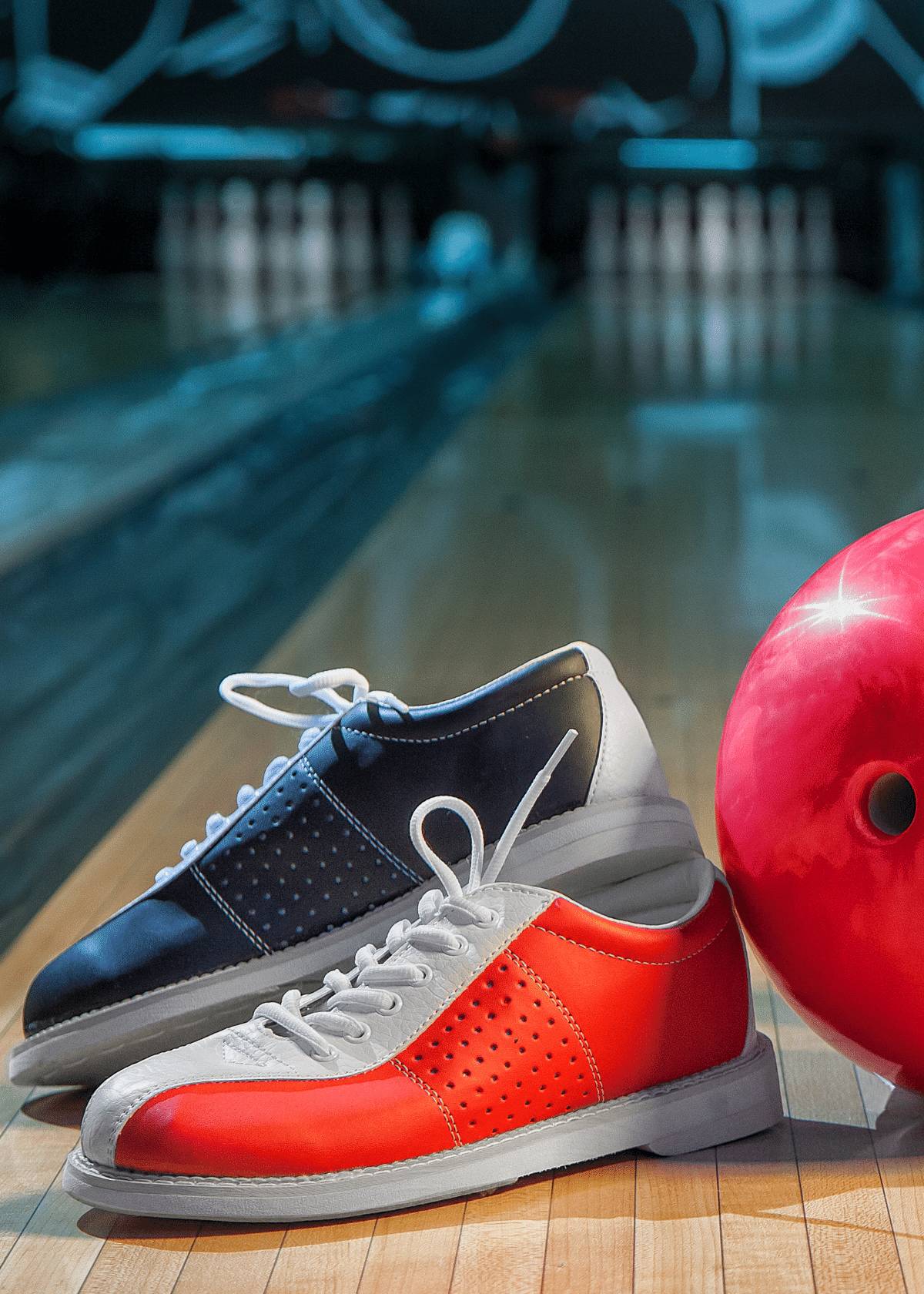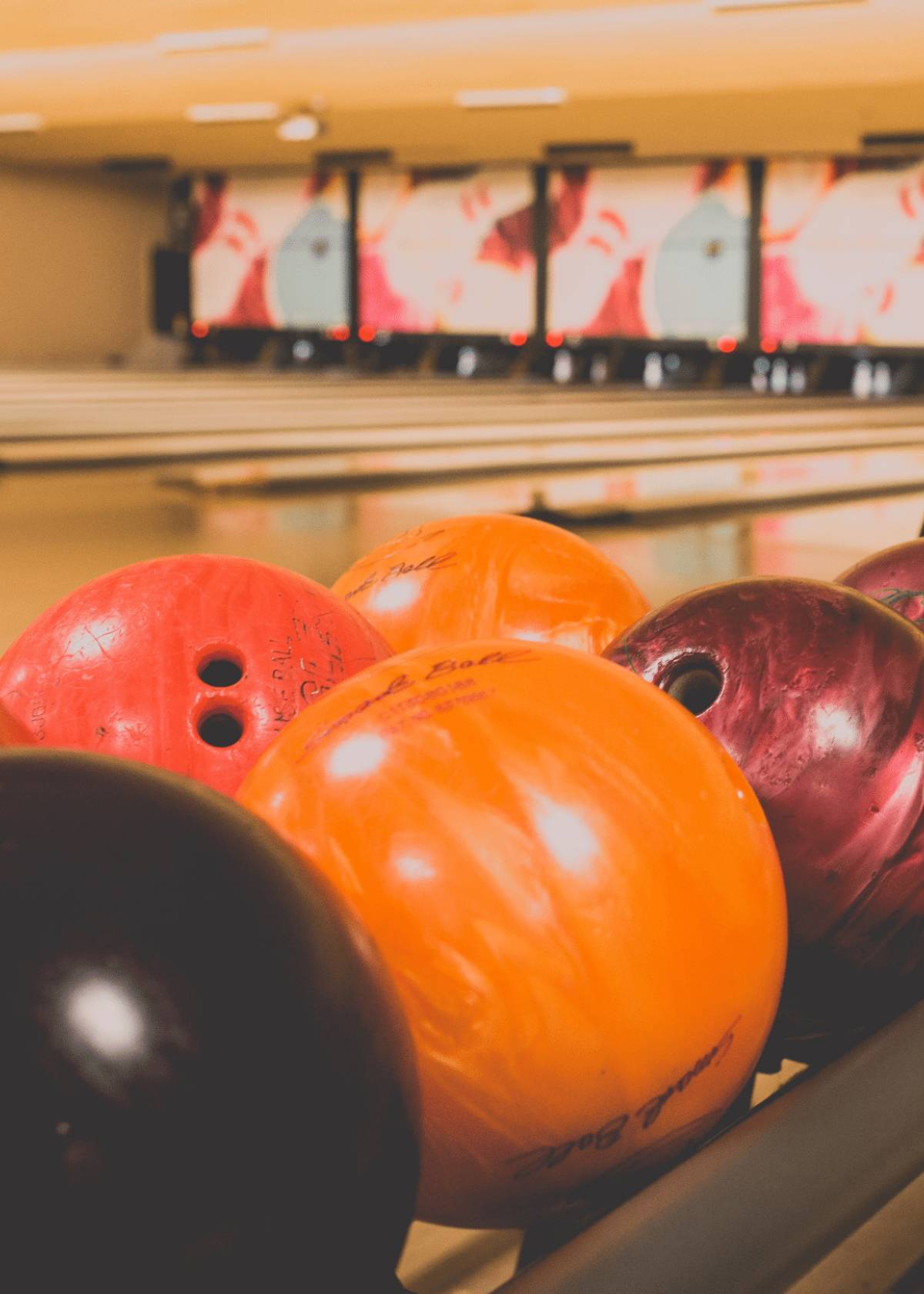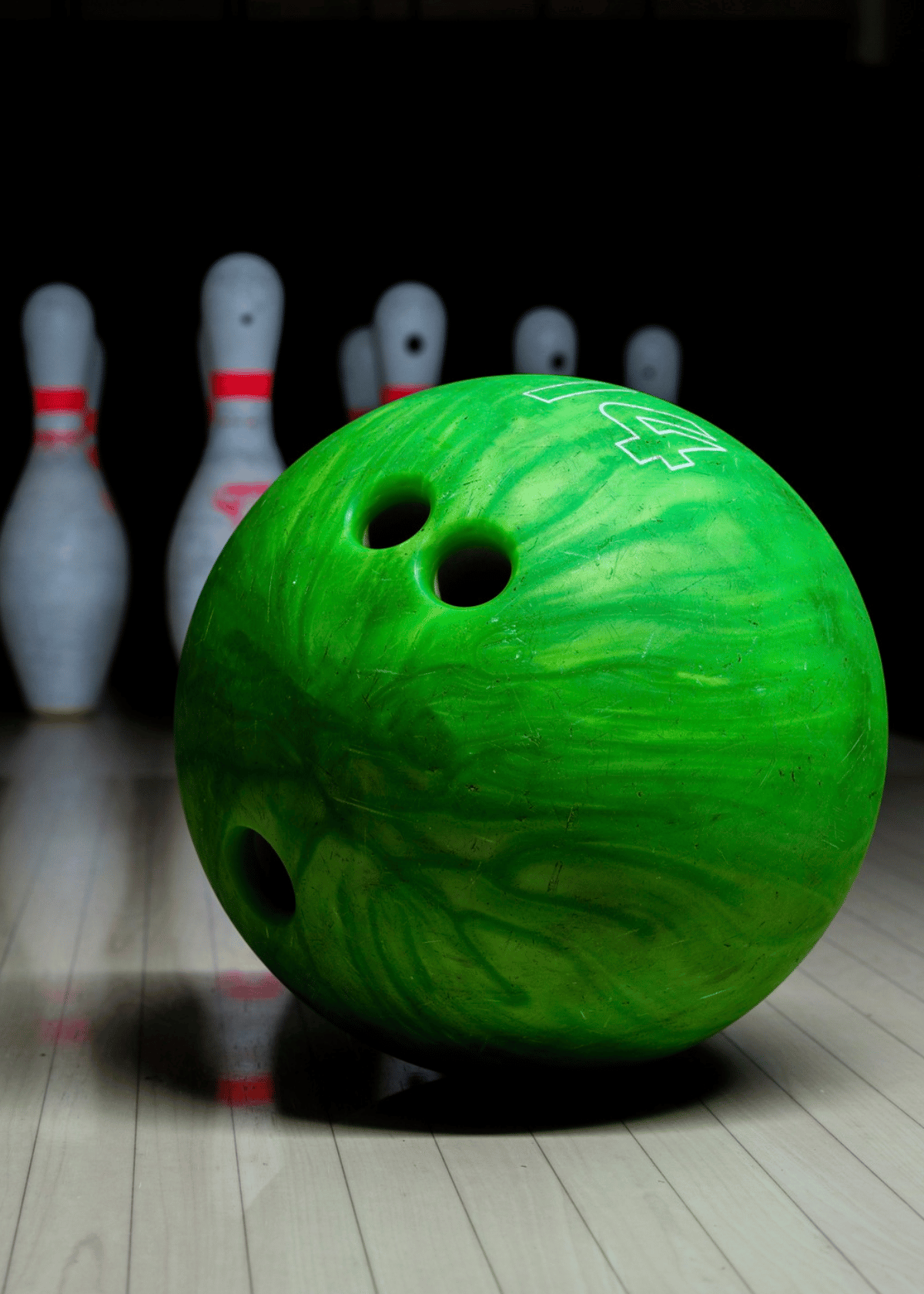For bowling enthusiasts, understanding the components of a bowling ball is essential to achieving the perfect roll. With so many types of bowling balls on the market, players have a plethora of options to choose from.
One of the most important factors to take into consideration when selecting a bowling ball is the material it’s made of. By understanding the various materials, you can make an informed decision about which ball is the best fit for your play style.
In this article, we’ll go over the different materials used in bowling ball construction and discuss how they impact performance.
What Are Bowling Balls Made Of?
Bowling balls can be made of a variety of materials, the most common being polyester, urethane, and reactive resin.
Each of these materials has its own unique properties and characteristics that affect the ball’s performance.
Additionally, there are several types of cores and coverstock materials that contribute to the ball’s overall design and performance.
What Material Are Bowling Balls Made Of?
Polyester is the most cost-effective and widely used material in bowling ball construction. It’s a durable and lightweight material that’s perfect for beginners or those on a budget.
Urethane is a step up from polyester and offers better hook potential and versatility.
Reactive resin is the highest-performing material in bowling ball construction, providing exceptional hook potential and ball reaction.
The Core of the Matter: Understanding the Bowling Ball's Interior
The core is the central part of the ball and is responsible for the ball’s shape and weight distribution. In general, there are two types of cores: symmetric and asymmetric.
Symmetric cores are more balanced and provide a smoother and more predictable roll. Asymmetric cores are more aggressive and offer a higher level of hook potential.
Furthermore, some cores are designed to be more forgiving and easier for players to control.
Coverstock Materials: The Outer Shell of a Bowling Ball
The coverstock is the outer layer of the ball that makes contact with the lane. It can be made of several different materials, including plastic/polyester, urethane, and reactive resin.
The coverstock plays a critical role in determining the ball’s motion and reaction on the lane. A smoother coverstock will provide a straighter roll, whereas a rougher surface will produce more hook potential. In addition, the type of oil on the lane will influence coverstock performance.
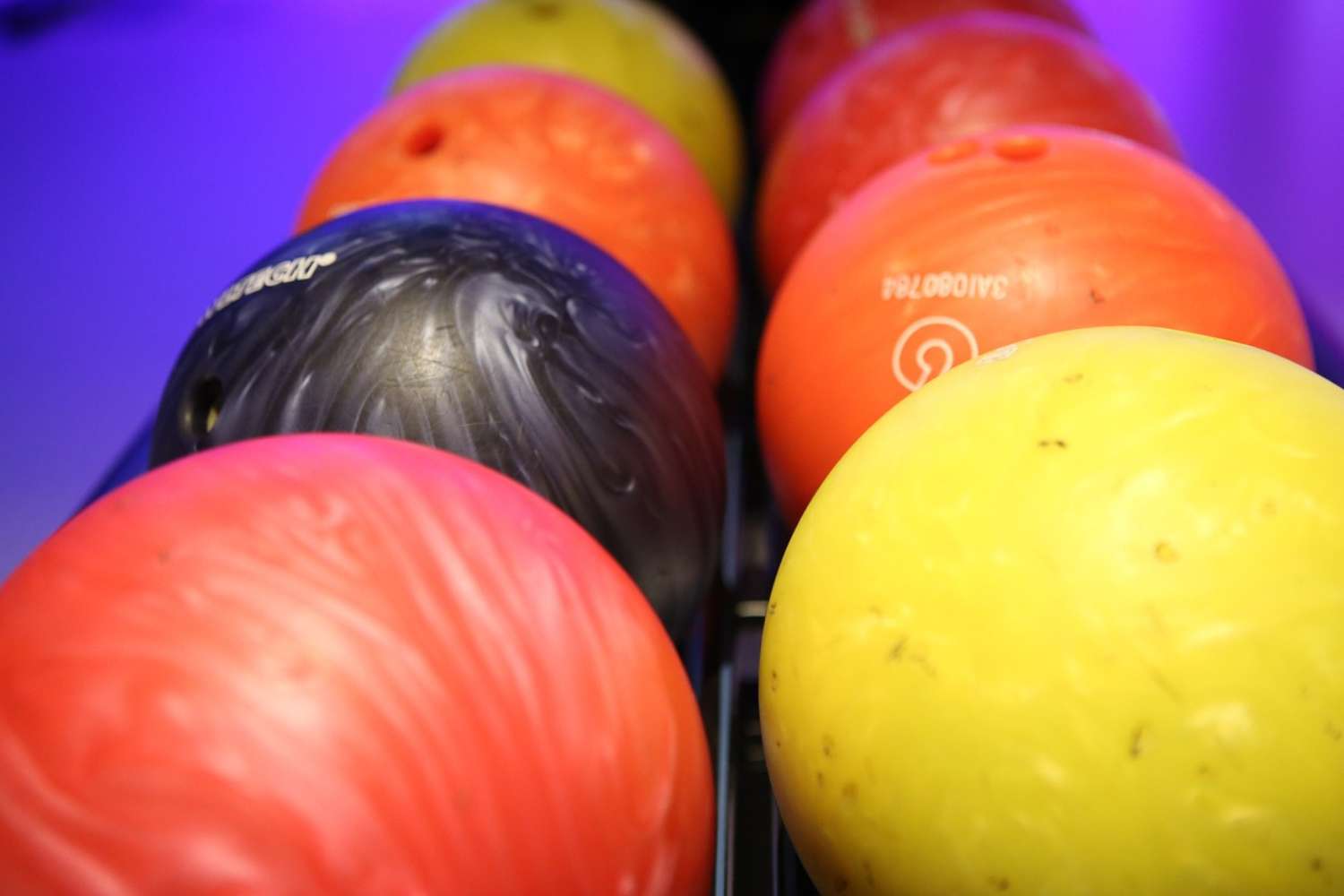
Polyester Bowling Balls: The Basics and Benefits
Polyester bowling balls are the most affordable and widely used option in bowling ball construction. They are typically made with a solid color design and have a smooth surface.
Polyester balls are perfect for beginners or those on a budget, as they offer good durability, a consistent roll, and less hook potential compared to other materials. Beginners will find them easier to control and predict.
Urethane Bowling Balls: A Step Up in Performance
Urethane bowling balls offer better hook potential and performance than polyester balls. They are typically made with a more textured surface and can provide a better grip on the lane.
Urethane balls are perfect for intermediate to advanced bowlers looking for better ball reactions and a more versatile play style.
Moreover, urethane balls tend to last longer than polyester balls due to their higher-quality construction.
Reactive Resin Bowling Balls: The Choice of Professionals
Reactive resin bowling balls are the highest-performing and most expensive option in bowling ball construction.
They offer exceptional hook potential and ball reaction, making them the preferred choice of professional bowlers. Reactive resin balls are typically made with a highly textured surface and can be customized to fit each player’s unique play style.
Additionally, they’re the most durable and long-lasting of all bowling ball materials.
The Evolution of Bowling Ball Materials: From Hardwood to Resins
Bowling balls have come a long way since the early days of bowling. In the past, balls were made of hardwood and were much heavier than today’s balls.
Modern bowling balls are made from a variety of materials, including plastic, urethane, and reactive resin. Advances in technology have allowed for more customized designs and improved ball performance.
Furthermore, modern balls are much lighter than their predecessors and provide more hook potential.
How Material Affects Bowling Ball Performance
The material of a bowling ball plays a critical role in its performance on the lane. Polyester balls offer less hook potential and a consistent roll, making them perfect for beginners or those on a budget.
Urethane balls offer a better grip on the lane and improved hook potential, making them ideal for intermediate to advanced players.
Reactive resin balls provide the highest level of hook potential and ball reaction, making them the preferred choice of professionals.
The Manufacturing Process: How Bowling Balls Are Made
Bowling balls are manufactured through a complex process that involves several steps. The first step is creating the core, which is typically made of a dense material like bismuth or magnesium.
The core is then covered with a layer of filler material and encased in the coverstock. The ball is then polished to create a smooth surface and finished with custom graphics.
Finally, the ball is weighed to make sure it meets the specifications set by the manufacturer.
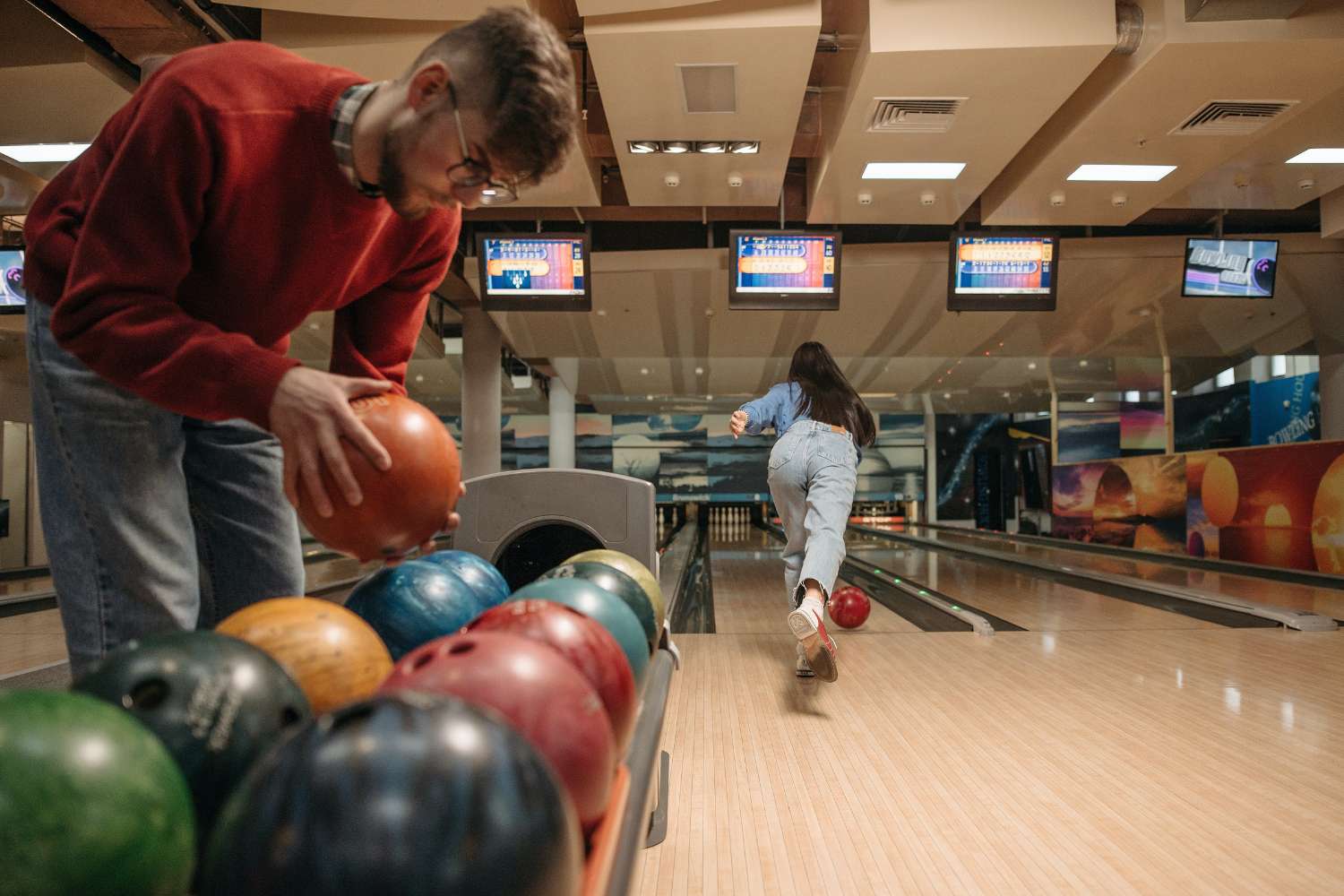
Selecting the Right Material: Matching Bowling Ball to Your Play Style
The key to selecting the right bowling ball is understanding your play style and matching it to the appropriate ball material.
Beginners or those on a budget should stick with polyester balls, while intermediate to advanced players will benefit from urethane or reactive resin balls.
It’s also important to consider the ball’s weight, size, and grip, as these factors can impact your performance on the lane.
No matter what material you choose, it’s important to find a ball that fits your style and helps you reach your bowling goals. With the right combination of ball material, weight, size, and grip, you can become a better bowler in no time.
When it comes to selecting a bowling ball, understanding the materials used in its construction is the first step to success. With the right ball, you can take your game to the next level and become a better bowler.
Conclusion:
Understanding the materials used in bowling ball construction is essential to achieving the perfect roll.
By selecting the right material and matching it to your play style, you can improve your performance on the lane and take your game to the next level.
Whether you’re a beginner or a seasoned professional, there’s a bowling ball out there that’s perfect for you.
So take the time to do your research, experiment with different materials, and find the ball that best fits your needs. Happy bowling!
Unveil the ultimate bowling equipment in our carefully selected range of top choices!
Discover our extensive collection of bowling and sports & fitness blog posts!
